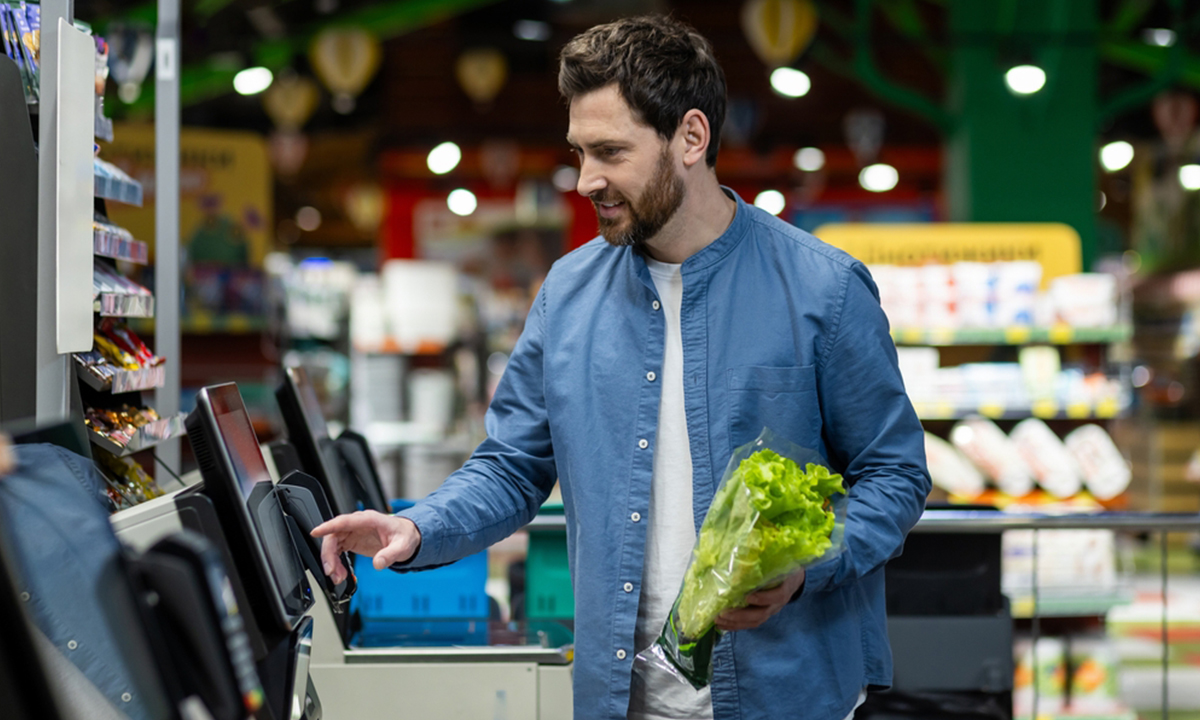Shopping
66% of US Consumers Prefer Self-Service Kiosks Over Staffed Checkouts | PYMNTS.com

In today’s retail environment, unattended payment technologies are revolutionizing the way transactions are processed. Once considered a convenience, these systems are now integral to enhancing customer experience and operational efficiency.
A PYMNTS Intelligence report, “Unattended: The Payments Technology Shifting the Future of Commerce,” in collaboration with Discover Global Network, explores how businesses are adapting to this shift and the impact and future potential of unattended payments.
New Standard for Convenience
The rise of unattended payments is more than a trend; it represents a fundamental shift in consumer behavior. The COVID-19 pandemic accelerated this transition, with the need for contactless transactions becoming a priority. This trend was further compounded by labor shortages, which drove the demand for automated payment solutions.
According to the report, 84% of U.S. consumers now prefer self-service kiosks, with 66% of them choosing these options over traditional staffed checkouts. While Generation Z (84%) and millennials (76%) lead in embracing these technologies, a significant number of Gen Xers and nearly half of baby boomers also favor self-service for its convenience and efficiency. As these statistics reveal, unattended payments have become a crucial component of modern retail strategies, driven by consumer demand for speed and ease.
Revolutionizing Retail
The integration of advanced technologies into unattended payments is reshaping the retail experience. Radio frequency identification (RFID), traditionally used for inventory tracking, is now enhancing the checkout process. For instance, Uniqlo’s use of RFID tags allows for automatic price calculation at checkout, drastically reducing wait times. This repurposing of technology demonstrates how traditional tools can be applied to improve customer interactions.
Biometric solutions are also gaining traction. Amazon One, a biometric payment system, has seen more than 3 million uses at more than 400 locations, including Whole Foods and Amazon Go stores. This technology allows customers to pay with the palm of their hands, illustrating the growing demand for contactless solutions. The swift adoption of Amazon One, expected to expand to all Whole Foods locations by the end of the year, shows how biometric technology is becoming a mainstream payment option, enhancing both security and convenience.
Applications Across Industries
Unattended payment systems are no longer confined to gas stations and vending machines. Their applications are expanding into diverse areas where traditional checkout methods are less efficient. According to the report, 70% of restaurant managers believe unattended payments could easily replace drive-thru operators, while 59% foresee a similar replacement for cashiers.
Restaurants are leveraging QR codes to streamline payment processes, as seen with On the Border Mexican Grill & Cantina. Customers can now pay directly at their table by scanning a QR code, eliminating the need for physical menus and reducing wait times. Similarly, Shake Shack’s adoption of self-service kiosks has not only improved customer experience but doubled sales at its participating locations.
Hotels are also embracing unattended technologies. Twin Peaks Lodge & Hot Springs in Colorado has introduced self-service kiosks for check-in, enhancing guest convenience while minimizing staff involvement. This approach represents a broader trend of integrating unattended solutions into sectors traditionally reliant on personal service.
Unattended payment systems are set to revolutionize global commerce. Businesses that embrace these innovations stand to gain from increased efficiency, improved customer satisfaction, and higher revenue. Those that fail to adapt risk falling behind.










